Mooer MPH1 Ninety Orange Analog Phaser Pedal
The Mooer MPH1 Ninety Orange Analog Phaser Pedal is a fantastic addition to any guitarist’s pedalboard. This pedal boasts a ’90s phase sound that is sure to capture the essence of classic rock tunes from the era. The MPH1 is a recreation of the ‘classic orange stompbox’ and features vintage and modern effects. With a…
View more pedals made by: Mooer Audio Description
The Mooer MPH1 Ninety Orange Analog Phaser Pedal is in New condition and made by Mooer Audio , it is just a great Orange Ninety MPH1 Mooer Pedals Effects Guitar Guitars Electric Guitar Effect Pedal Guitar Effect Pedal- The Mooer MPH1 Ninety Orange Analog Phaser Pedal is a fantastic addition to any guitarist’s pedalboard. This pedal boasts a ’90s phase sound that is sure to capture the essence of classic rock tunes from the era. The MPH1 is a recreation of the ‘classic orange stompbox’ and features vintage and modern effects. With a 470k ohm input impedance and 10k ohm output impedance, this pedal is designed to deliver high-quality tone with minimal noise interference. Its compact size means it won’t take up much space on your pedalboard, making it ideal for guitarists who are always on the move. One of the highlights of the Mooer MPH1 is its ability to produce warm and lush tones that are reminiscent of classic phaser pedals. The vintage mode mimics the sound of the original, while the modern mode produces more modern and contemporary sonics. With its low weight of 160g, this pedal is easy to carry around and perfect for gigs and rehearsals. This pedal is an excellent option for guitarists looking to add some classic phaser sounds to their music. . Available from Just Pedals for only £ 50 + delivery. Read More for details, demos & to order securely online.
About Mooer Audio
We have one of the largest online selection of new and used Mooer Audio music gear. If you are looking for your next pedal, we will have it online at JustPedals with fast delivery direct to you at home. Every item on the JustPedal menu is delivered by sellers to all areas of the USA & UK.
Mooer Audio is a Chinese company that has gained a solid reputation in the music industry for producing compact, affordable, and high-quality guitar pedals and effects. Founded in 2010, Mooer has become known for its innovative approach to pedal design, offering a wide range of effects, from overdrives and distortions to modulations and delays. Their pedals are particularly popular among guitarists looking for a high-performance, budget-friendly option without sacrificing sound quality.
Mooer’s pedals are designed to be both small and durable, making them ideal for musicians who need to save space on their pedalboards while still achieving a professional sound. The company has expanded its range to include multi-effects units and amplifiers, all known for their user-friendly interfaces and impressive tonal capabilities. Mooer’s ability to replicate classic and modern effects in a miniaturised form has made the brand a favourite among both beginner and professional musicians, providing them with versatile and affordable solutions for enhancing their sound.
Analog
“Analog” refers to a method of processing electrical signals that relies on continuous variations of voltage or current. In the context of guitar effects pedals, analogue refers to circuits that manipulate the guitar signal using analogue components such as transistors, capacitors, and resistors, without converting the signal into digital data.
Analogue effects pedals are prized for their warmth, organic sound, and responsiveness to player dynamics. They often produce subtle harmonic distortions and imperfections that contribute to their unique character and musicality. Additionally, analogue circuits typically impart a more natural and transparent tone to the guitar signal compared to digital effects.
Common types of analogue effects pedals include overdrive, distortion, fuzz, modulation (such as chorus, phaser, and tremolo), delay, and reverb pedals. Each type of pedal utilizes analogue circuitry to achieve its particular sound and effect.
Despite the rise of digital technology in recent years, analogue effects pedals remain popular among guitarists, collectors, and enthusiasts for their classic sound, vintage appeal, and tactile user experience. Many players appreciate the sonic warmth and character of analogue pedals, as well as the simplicity and reliability of their circuitry.
In summary, analogue effects pedals process the guitar signal using continuous electrical variations, resulting in a warm, organic, and responsive tone prized by many guitarists.
Effects
An effect is a modification applied to the instrument’s sound to alter its tonal characteristics, dynamics, or spatial properties. Effects can be achieved through electronic devices such as pedals, processors, or built-in effects units, and they offer a wide range of sonic possibilities.
Musicians use effects to enhance their sound, create unique textures, and expand the expressive capabilities of their instruments across various musical genres.
Electric
Guitar
Guitar Effect Pedal
A guitar pedal, also known as an effects pedal, is a device used by guitarists to alter the sound of their instrument in various ways. These pedals are typically small, foot-operated units that are connected in a signal chain between the guitar and the amplifier. They can modify the guitar’s tone, pitch, and dynamics by applying different effects such as distortion, reverb, delay, chorus, and more. Guitar pedals come in both analog and digital formats, and they allow musicians to create a wide range of sounds, enhancing their musical expression and creativity. They are essential tools for guitarists in genres ranging from rock and blues to jazz and electronic music.
Guitars
New
Just New products for sale, unused, and in their original packaging. They come with a protected seller guarantee and include manufacturer warranties. Read more for additional details.
Pedal
A pedal is an electronic device that alters the sound of an electric guitar by applying various effects. Pedals are typically connected in a series between the guitar and amplifier, allowing guitarists to switch effects on and off with their feet while playing.
This enables musicians to quickly and easily change their sound, adding versatility and creativity to their performances.
Pedals are essential tools in many musical genres, including rock, blues, jazz, and metal, allowing artists to craft distinctive and dynamic soundscapes.
Once you buy one, you can’t stop and then you have to sell them and buy more.
Pedals
Phaser
A phaser is a type of guitar effects pedal that creates a swirling, sweeping sound by modulating the phase of the audio signal. It works by splitting the incoming signal into two paths, shifting the phase of one path, and then recombining them. This creates peaks and troughs in the frequency spectrum, resulting in a distinctive, “phasing” effect characterized by moving notches in the frequency response.
Here’s how a phaser pedal typically works and some common features:
1. **Rate**: The rate control adjusts the speed at which the phase-shifting effect oscillates. Increasing the rate produces faster modulation, creating a more pronounced swirling effect, while decreasing the rate slows down the modulation for a smoother, more subtle effect.
2. **Depth**: The depth control adjusts the intensity or depth of the phase-shifting effect. Higher depth settings result in more pronounced peaks and troughs in the frequency response, while lower settings produce a more subtle modulation.
3. **Feedback (or Regeneration)**: Some phaser pedals feature a feedback control that determines the amount of modulated signal fed back into the effect. Increasing the feedback creates more pronounced peaks and troughs in the frequency spectrum, resulting in a more intense and resonant phasing effect.
4. **Stages**: Phasers typically have multiple stages (usually four, six, or eight), each of which contributes to the overall phase-shifting effect. More stages generally result in a more complex and textured phasing sound.
5. **Sweep (or Manual)**: The sweep control adjusts the center frequency of the phase-shifting effect. This allows you to focus the phasing effect on specific frequency ranges, altering the tonal character of the modulation.
6. **Resonance (or Feedback)**: Some phaser pedals feature a resonance control that emphasizes the peaks and troughs in the frequency response, creating a more pronounced and resonant effect. This control can add richness and depth to the phasing sound.
Phaser pedals are commonly used in various music genres, including rock, funk, and psychedelic music, to add movement, depth, and texture to guitar tones. They can be used to create swirling, swirling effects on rhythm parts, add dynamics to lead lines, or create atmospheric textures for ambient music. Overall, phaser pedals offer guitarists a versatile tool for shaping their tone and adding expressive modulation effects to their playing.
£59.00
Versatile phase shifter with a full analog circuit, which produces a warm, deep, rich phasing tone Vintage mode: 1974 vintage phasing tone, warm and psychedelic Modern mode: Modern feeling phaser, rich and deep Very small and exquisite – Great for conserving pedal board space! True bypass
£5.99
9v 500mA Regulated, 2.1mm x 5.5mm, Centre Negative Polarity Power Supply Filtered for Zero Hum, Noise Free Operation Spring Mounted Tip for Secure Connection 2 Meter Rounded Thick Cable. Energy Efficient Designed for Musical Equipment
£24.50
[Phaser Pedal]:Pure analog phaser effect, warm and plimp sound. LED indicator shows the working state. [2 Working Modes]: Vintage-perfect reproduction of the classic psychedelic phase-shifting effect of 1974. Modern-a deeper, modern full-scale effect. [Working current]:6mA; Power supply: DC 9V (plug polarity is negative in the center). [Note]: Power is not included, you need to buy one.
£24.98
🎸The Rowin Analog Phaser Modulation Guitar Effects Pedal provides excellent note bending and sound wave shifting effects to add warmth and depth to your music with the possibility of extreme Phaser Effects. 🎸Two models: Vintage and Modern.The Vintage option gives a 70’s vibe while the Modern option has a warm, underlying sound. With either choice, the dynamic effects from this pedal are amazing! 🎸Solid Construction: This pedal is made of high quality zinc alloy, durable and sturdy. Mini size will save lots of space on your pedalboard. It’s suitable for seven strings guitar or five string bass. 🎸True bypass provide transparent tone.LED indicator shows working state. Small and exquisite,can save a lot of space on pedal board. 🎸🎸【PACKAGE INCLUDES】1*Rowin Guitar Phaser Pedal (LEF-313) , 1*Owner Manual. 📢 Please be noted the 9V Power supply is not included(plug polarity is positive on the barrel and negative in the center).Please buy 9V power supply separately at Rowin Music Store. ♥️ 12-mo…
read more
£39.99
11 Mode Digital Modulation adding multiple Sonic Dimensions to your Tone, providing more Possibilities for your Tonal Palate Chorus, Vibrato, Flanger, Phaser, Tremolo, Univibe, Auto Wah, Bitcrush with 3 Knob controls Tap Tempo Function for Real-time RATE Control True Bypass Footswitch of Guitar Effects Pedal keeps a clean Signal Path Guitar Effects Pedal working with 9V Center Negative Regular Pedal Power Supply(not included)
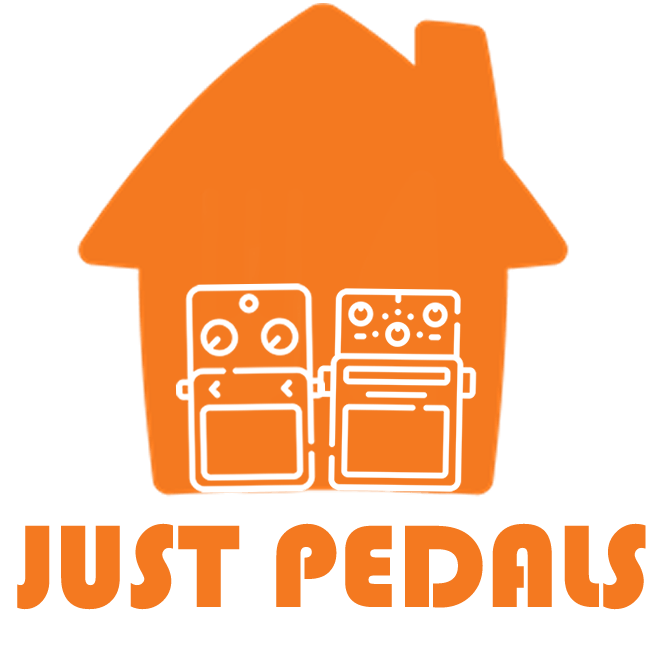
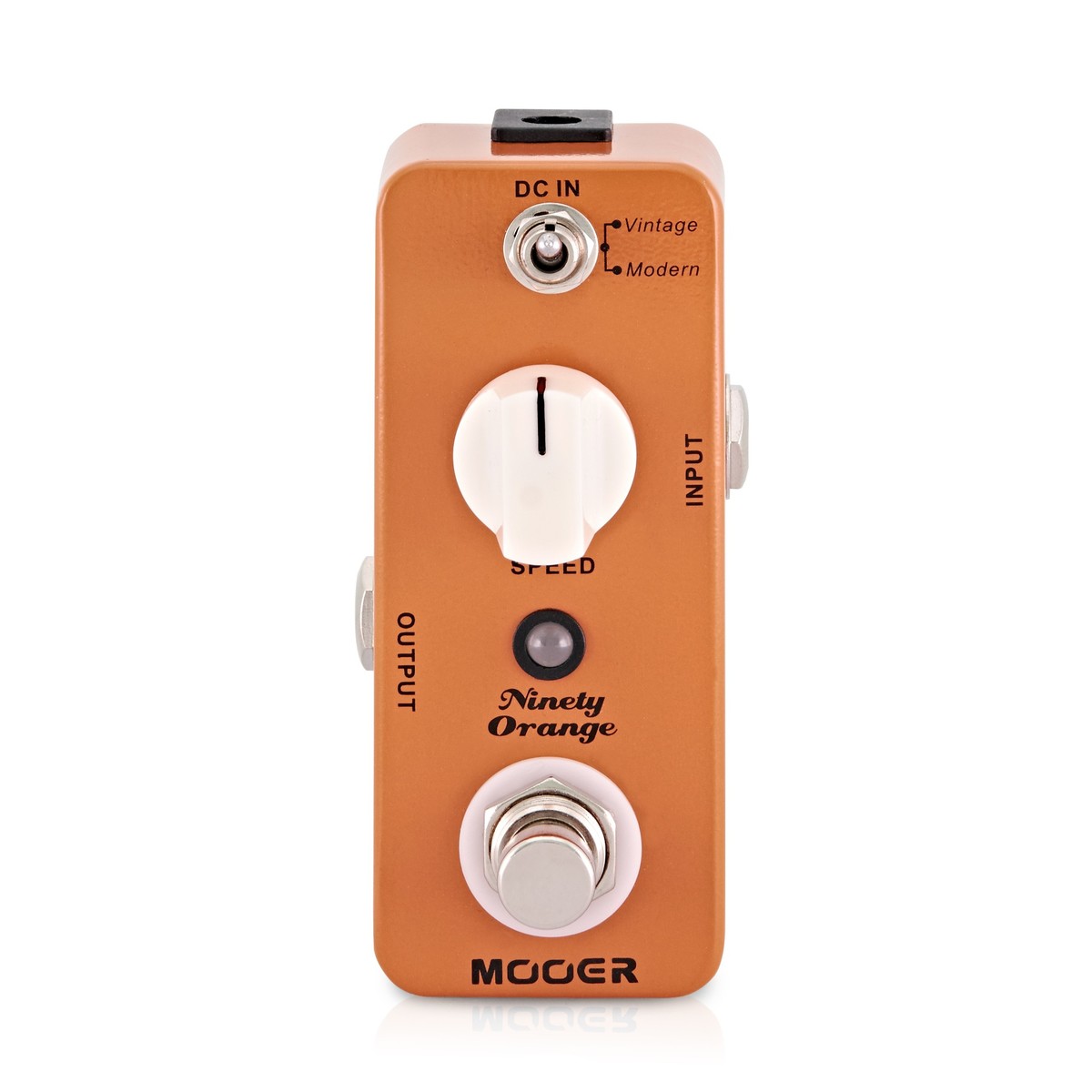
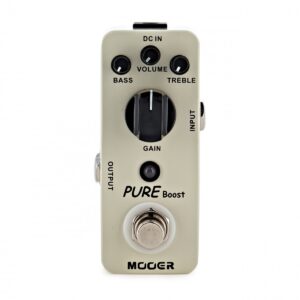

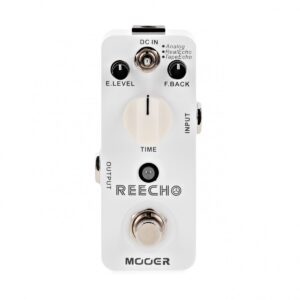
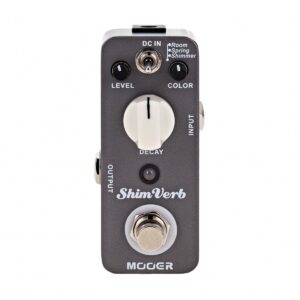
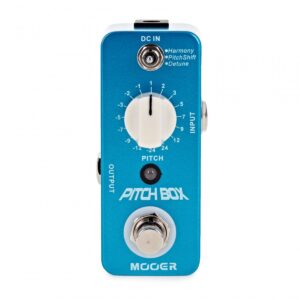
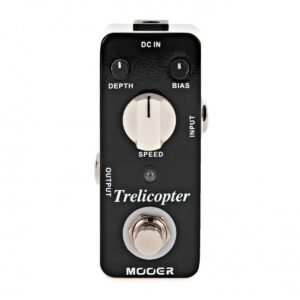
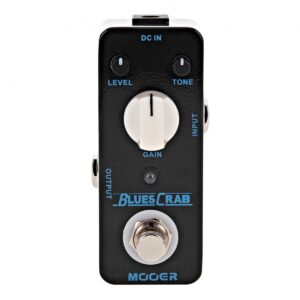
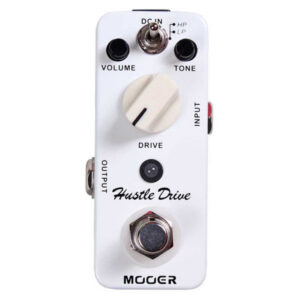

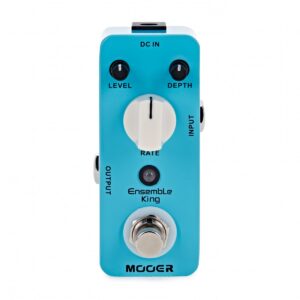
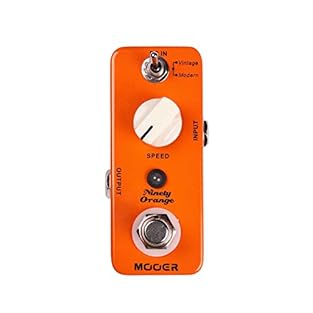

![[Phaser Pedal]:Pure analog phaser effect, warm and plimp sound. LED indicator shows the working state. [2 Working Modes]: Vintage-perfect reproduction of the classic psychedelic phase-shifting effect of 1974. Modern-a deeper, modern full-scale effect...](https://m.media-amazon.com/images/I/31JMz-J8JJS._SL313_.jpg)


Reviews
There are no reviews yet.